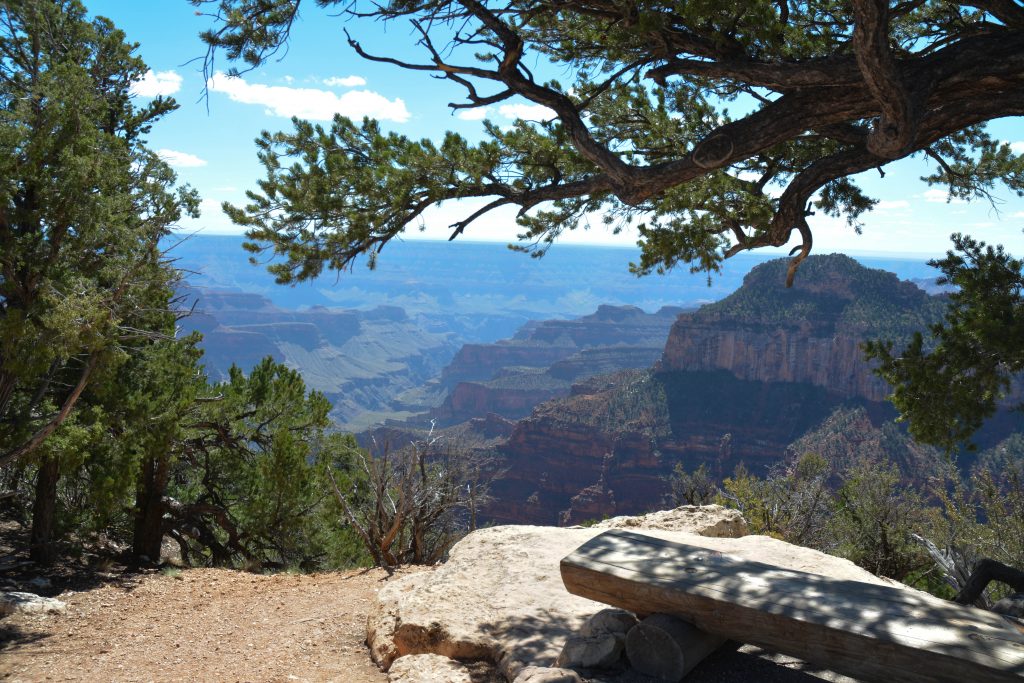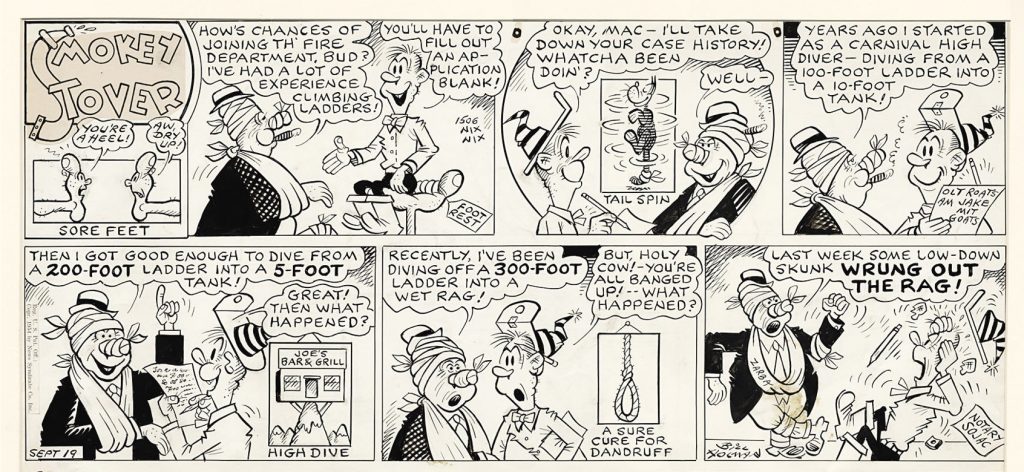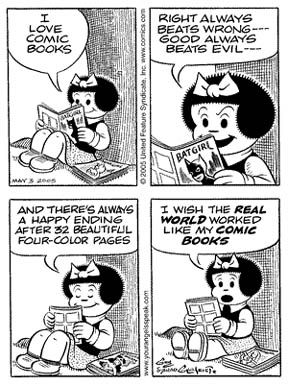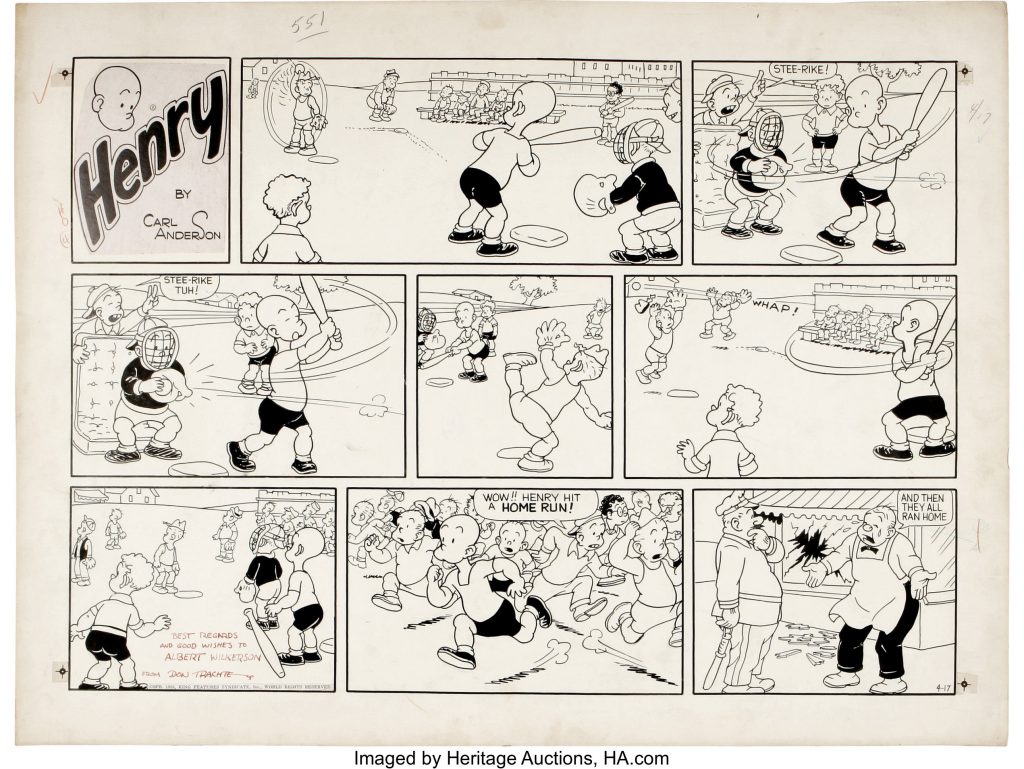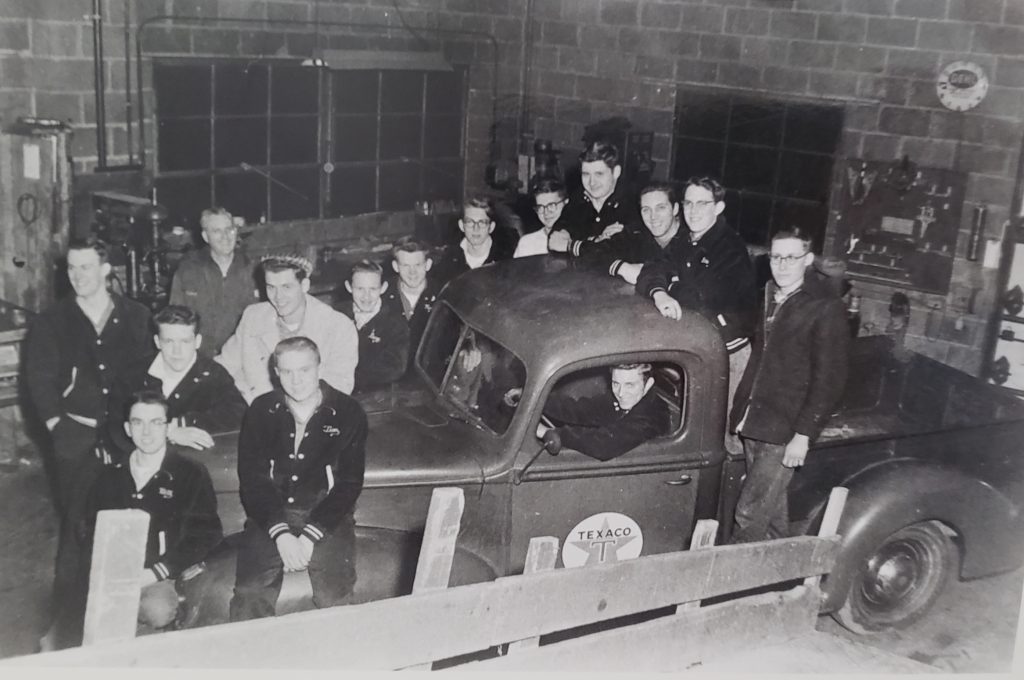
Dad has always been a “car guy”. Nearly every story he shares begins with a car, truck or tractor and then as the tale unfolds I learn about family history. During his teen years Dad and some of his friends started the Road Rebels club. The purpose of the club was to share a common interest and learn more about automobiles through hands-on experience. The father of one of the young men owned a garage where meetings were held. Dad enjoyed it so much he continued to wear his Road Rebels leather jacket for years afterward. One Sunday morning, as the story goes, the family was running late for church. As he ran out the door Dad grabbed his favorite jacket. Dad and mom settled into the last row pew just in time for the service to start. When it was time for the offering, the Deacon was short an usher and gave Dad a tap, asking him to help. Dad willing assisted in collecting the offering, moving row by row up the aisle to the front of the church for the blessing. As the congregation prayed over the collection, Mom looks up and sees in large white letters R O A D R E B E L S across Dad’s back. I never heard anything more about the jacket after that Sunday. Since then Dad has worked on many automobiles and enjoyed restorations. Industrial and truck engines became a significant part of his successful career. What I appreciate the most is that Dad taught me how to maintain my own car.
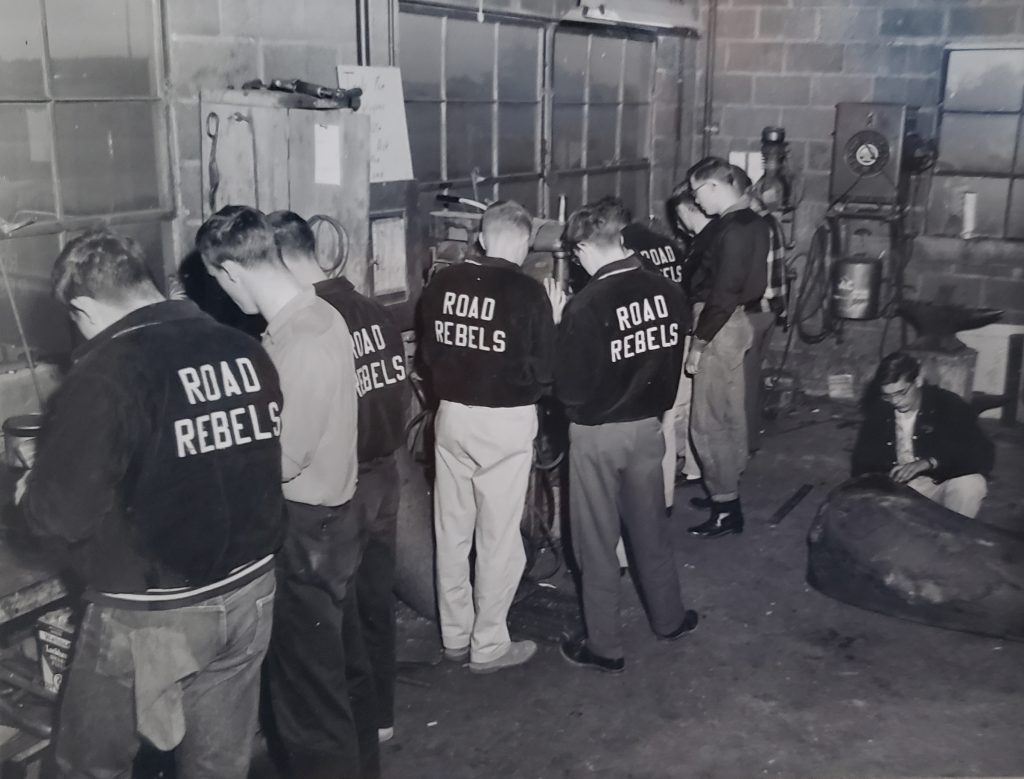
Dad is a NASCAR fan. Over the years I would often buy him tickets to races as birthday or Father’s Day gifts. He would always take Jim; his best friend of more than 40 years. They had a great time and every year gave me a detailed accounting of their day at the raceway. Lately, I have been recording the races for Dad to enjoy in shorter segments during the week since he doesn’t sit through a full-length race anymore. Dad loves it if someone watches the race with him so I sit nearby and get computer work done during the race. Imagine my surprise when I started a race for him today and he said, “This is the same one as yesterday.” I reminded him that yesterday we watched the end of a race in Atlanta and this race is in Miami. He said, “It can’t be. Its the same drivers in the same cars with the same numbers.” I wasn’t sure what to say and replied, “Yes Daddy, that’s how it works. There are quite a few races in a season.” Dad then inquired, “You mean all they do is drive around in circles for hours?” I said, “Yes Daddy.” Dad continues, “and they spin out and hit each other and roll over?” I nodded yes. Dad shakes his head and says, “That can’t be good for those drivers.” I said, “We hope they don’t have accidents but sometimes they do.” Dad jumps up and exclaims, “Stupidity!” Although still bewildered, my brain is finally catching up to the moment and now I’m trying not to laugh. I asked, “Who is your favorite driver?”, Dad says, “All my favorite drivers are dead.” I told Dad we could turn the race off if he didn’t want to watch it. He said, “I want to watch it. ” I asked him who he was rooting for and he said, “Jimmy Johnson”. Dad is enjoying the race and even laughing at a few comments by the announcers. I haven’t told Dad Jimmy Johnson is retiring this year. All I can say is, “God bless the Road Rebel!

